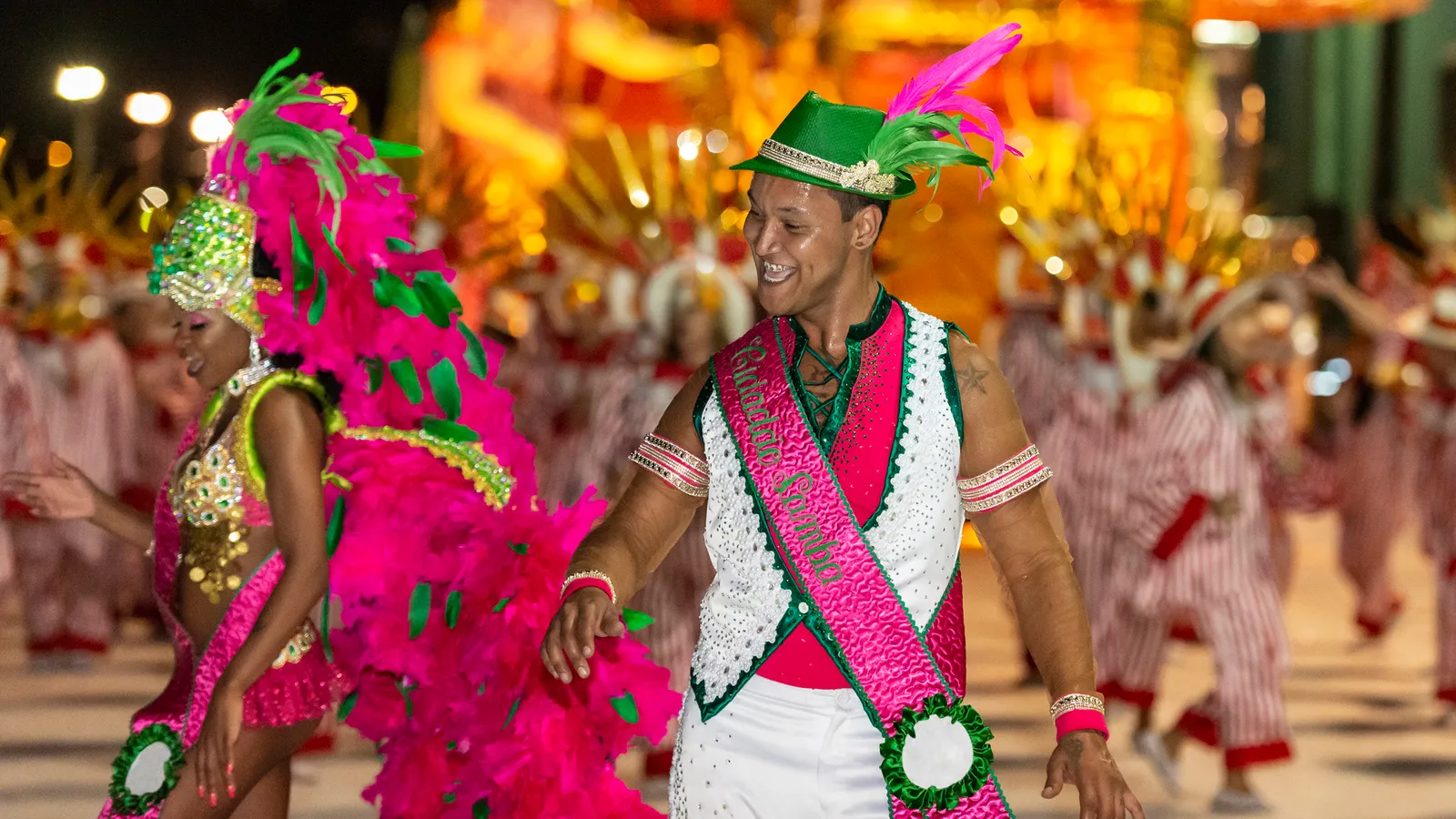
In Brazil, poverty, colonisation and modernism turned beans into the culinary symbol of this continent-sized nation.
In mid-February this year, if it weren’t for the pandemic, hordes of Brazilians and travellers would have packed out Carnival street parties and sambadrome parades for five uninterrupted days of music and dancing. Those in Rio or São Paulo would certainly have come across the black bean-based feijoada, Brazil’s flagship stew and an omnipresent meal in south-eastern Carnival celebrations. In Bahia’s capital, Salvador, revellers would have likely feasted on acarajé, a typical Afro-Bahian fritter made of black-eyed peas.
“Ten out of 10 Brazilians prefer beans,” says the theme song of a 1979 soap opera – not surprisingly, called Wonder Bean. Poetic license aside, the truth is there is no food so popular in Brazil as beans. More just than a favoured ingredient, they are the culinary symbol of our national identity.
Beans are a source of inspiration for songs and poems; and the country registers more than 4,000 varieties, from feijão carioca (pinto bean; consumed in São Paulo) to feijão de corda (a sub-variety of black-eyed peas, common in the north-eastern state of Ceará) to feijão manteiguinha-de-santarém, which is consumed in the Lower Amazon region. As renowned anthropologist Luís da Câmara Cascudo affirmed, for Brazilians, a meal without beans is incomplete.
But far from an arbitrary phenomenon, the symbolic power invested in an ordinary legume (whose pods provide the seeds we eat) also tells the story of Brazil’s turbulent socio-political history.
You may also be interested in:
• The Amazon’s staple food that kills
• How the humble potato changed the world
• Brazil’s cute and complex small talk
Before Brazil gained independence in the 19th Century, its inhabitants had long been feasting on beans. Although the first records of beans date to the 17th Century (one of them in the travelogue of Dutch explorer Johan Nieuhof, who travelled across the territory from 1640 to 1649), Brazil’s Indigenous communities were eating the seeds long before colonisation.
According to food sociologist Carlos Dória, author of The Formation of Brazil’s Cuisine, a native bean species from Peru (Phaseolus vulgaris, known as “common bean”) arrived in Brazilian territory from Peru thousands of years ago, washed along in the currents of the Amazon and Solimões rivers.
But beans were never a key ingredient in the Indigenous diet. Instead, the popularisations of beans is a post-18th Century phenomenon that is closely related to the history of Brazil’s inland colonisation. In order to explore and settle Brazil’s interior, settlers needed a legume that was nutritious and easy to grow in all climates, including the semi-arid. That legume was beans.
Along with their expansionist ambitions, Portuguese settlers and their descendants brought with them an Iberian bean-eating tradition as well as beans species from the Mediterranean and their African colonies, including the black-eyed pea from West Africa, a region with a similar climate to Brazil’s.
One of the most famous bean-based recipes, feijão tropeiro (trooper beans; a combination of dry meat, red beans and cassava flour) refers to Brazil’s historical “troopers” – the men in charge of opening roads and taking much-needed goods, from fabric to salt to soap, into the interior – most notably during the 17th to 19th Centuries.
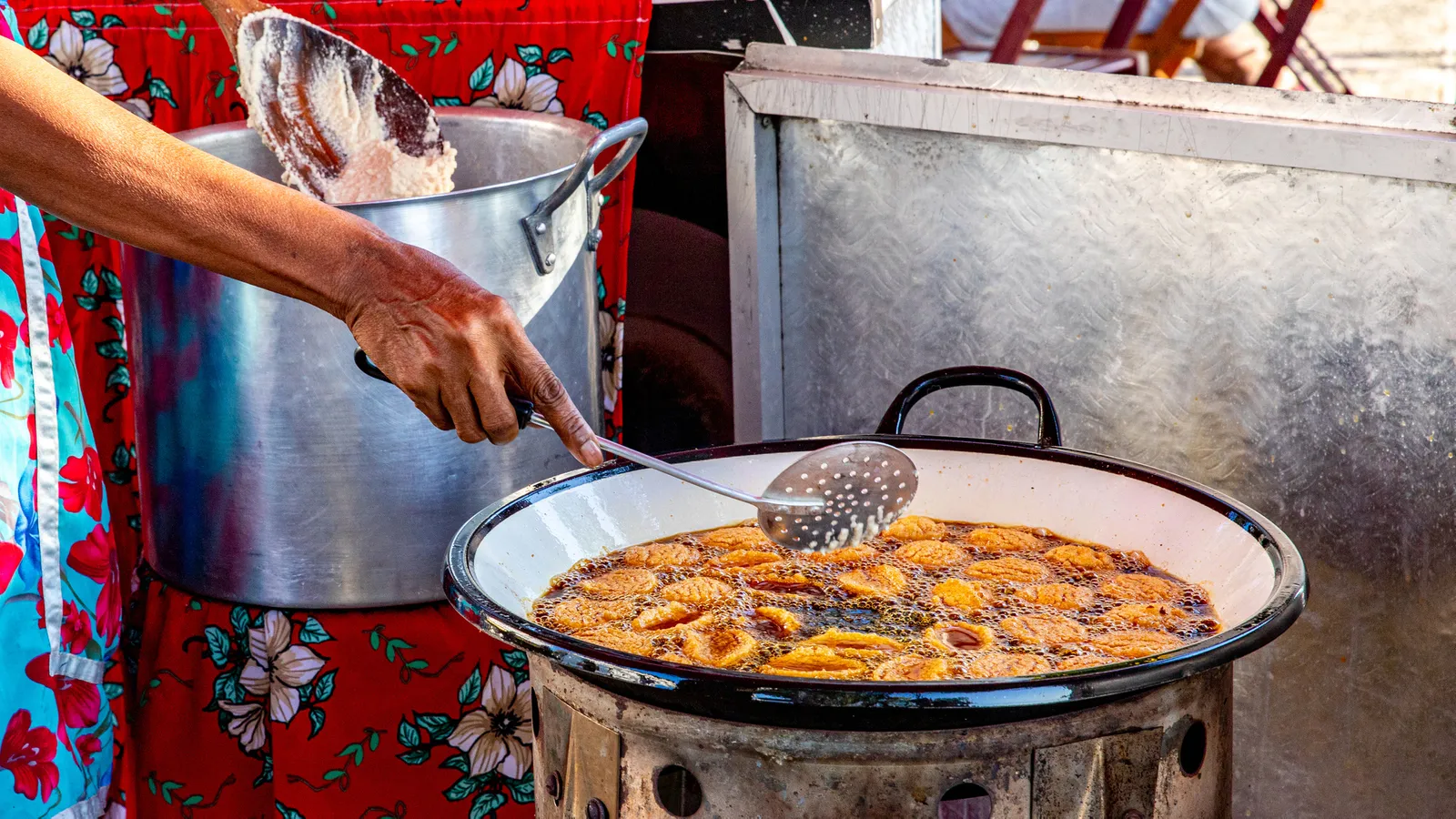
Nutritious, cheap and easy to grow, beans helped address hunger in a Brazil historically composed of poor and enslaved people. Combined with cassava and, since the late 19th Century, rice, beans have represented the bare minimum to keep Brazilians going through the day. “Poor used to be someone who didn’t even have a bean tree at home,” said Dória.
As an ingredient long associated with the subsistence of lower-income people, beans have set a clear class division in Brazil. Until the 1920s, elites, a group that included big landowners, bankers and industrialists, would refuse to eat beans in an attempt to distinguish themselves from the rest of the nation. While bean consumption remains prevalent among the poorer these days (prato feito, a basic combination of rice, beans and meat remains the cheapest meal option across Brazilian cities), this class stigma changed after the country’s nationalist-modernist project took hold a century ago.
From 1922 to 1945, intellectuals and artists realised that rather than mirroring itself on France (once considered a civilisational role model), Brazil needed to define itself from a local perspective. As they sought to create a national identity, anthropologists and sociologists built a narrative around elements that reflected the essence of being Brazilian. The bean-based diet was one of these elements.
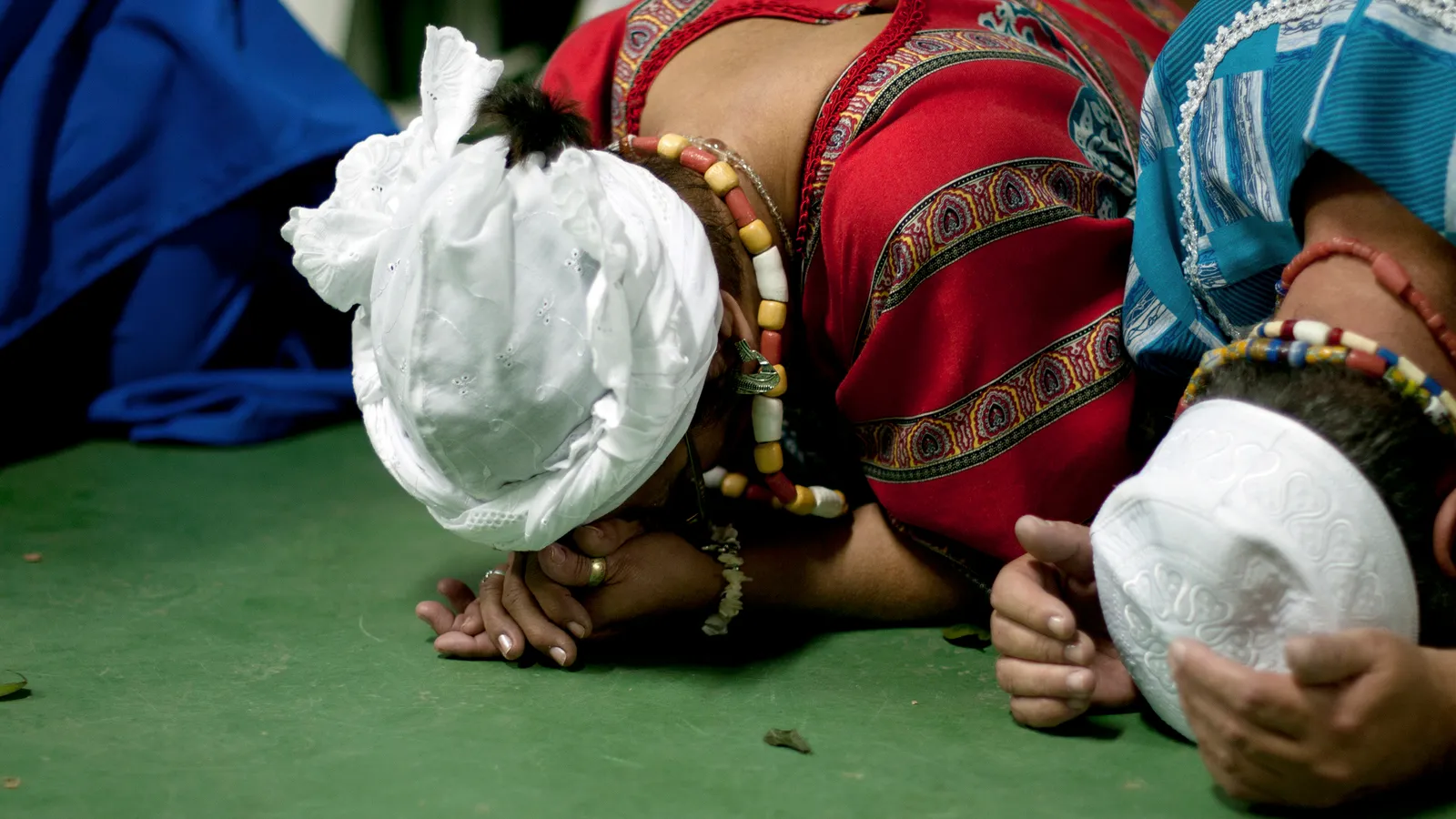
“The modernists had to find an element of otherness, one that distinguished Brazil regarding all the other nations,” said Adriana Salay Leme, who wrote her master’s thesis on Beans, owners of traditions: identity representation and effective consumption in Brazil (1973-2009). “Beans represented this identity marker because, at the time of modernism, no other nationality had a food culture as influenced by beans consumption as Brazil’s.”
Today, travellers to Brazil will undoubtedly come across feijoada (a black bean and pork stew) accompanied by rice, farofa (toasted cassava flour), orange and collard greens. Usually cooked on Saturdays and accompanied by Brazil’s flagship drink caipirinha, feijoada is ever-present at samba events, soccer games and even on religious days like Saint George’s, the patron of Rio de Janeiro. No wonder it’s called the most Brazilian of all dishes.
But the dish doesn’t only occupy a special place in local culture because of its flavours. Its immense popularity came about due to modernists promoting the plate as the ultimate synthesis of Portuguese, Indigenous and Afro-diasporic traditions. “The pork would represent the Portuguese cuisine; the cassava flour would represent the Indigenous food culture; the black beans would represent the colour of the Africans,” Dória explained.
The narrative that grounded feijoada’s fame, however, has also been subject to criticism: by claiming an ethnically unified nation, it neglects socio-political tensions that have shaped Brazil’s history. “The discourse behind feijoada aims to mitigate social conflicts, such as slavery and class inequalities, in the name of a happy miscegenated Brazil,” Leme said. “This discourse aims to erase differences, silence tensions and unify the country towards one same national identity. The consequence of such discourse is that we don’t really address the social problems.”
Dória agrees. When feijoada presents itself as the culinary contribution of Indigenous, blacks and whites, it “forgets [that] some have been decimated, others have been slaves, and the latter, cruel dominators,” he said.
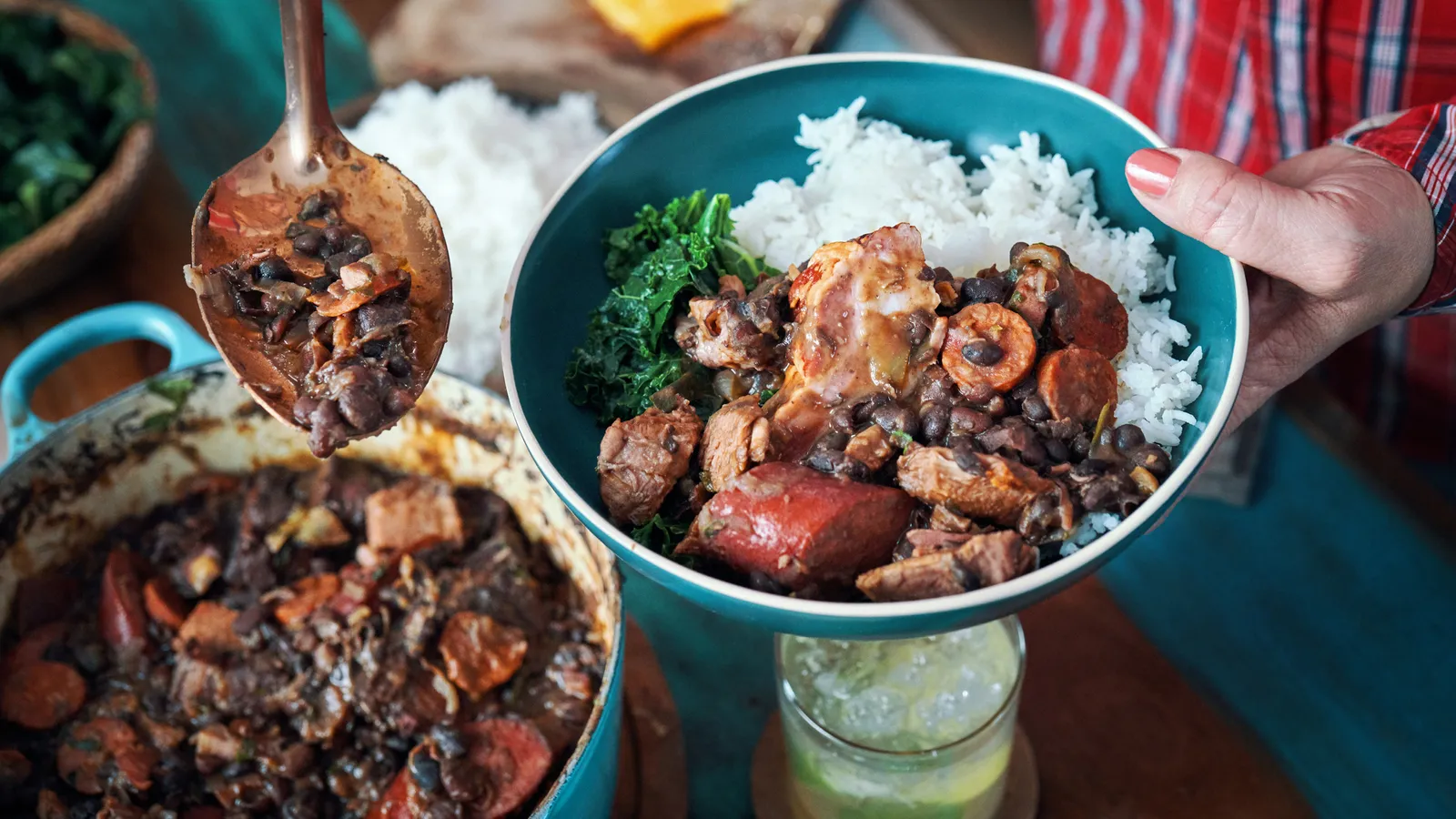
The romanticised feijoada narrative has also led to misconceptions. Most people still believe the narrative that was sold by the intellectual elite in the mid-20th Century: that the dish was invented by enslaved African Brazilians who supposedly improvised amid scarcity by adding leftover pork to black beans. However, according to Câmara Cascudo, who published the anthological History of Food in Brazil (1967), feijoada, as we know it, was first seen in the eateries, pensions and hotels of 19th-Century Rio de Janeiro.
Today, feijoada still reigns in Rio, most notably at popular cultural events such as samba circles, where weekend parties at sanctuaries like Cacique de Ramos, Casa do Jongo da Serrinha and Renascença Clube are usually fuelled by a generous caldron of feijoada, with individual portions usually costing between R$15 and R$30.
As a sharing plate, feijoada is seen as a social dish – as is the samba experience, where people sing, play and dance looking at each other in a single circle. This is why feijoada and samba go along so well, according to Dória. “It is served in large amounts, alluding to a gregarious tradition present in the Portuguese, Indigenous and African cultures that have shaped Brazil’s society. Feijoada, like samba gatherings, inspires communion,” he said.
Beans are vitally important in Afro-Brazilian religions, too. In the rituals of Candomblé (the country’s most disseminated Afro-Brazilian religion), beans are the base of many dishes symbolically offered in sacred rituals for the orixás (gods and goddesses). While feijoada is present in some rites, most bean-based recipes in this religion, like acarajé and abará (another type of fritter), include black-eyed peas and palm oil – a heritage from some of the African cultures that came enslaved to Brazil.
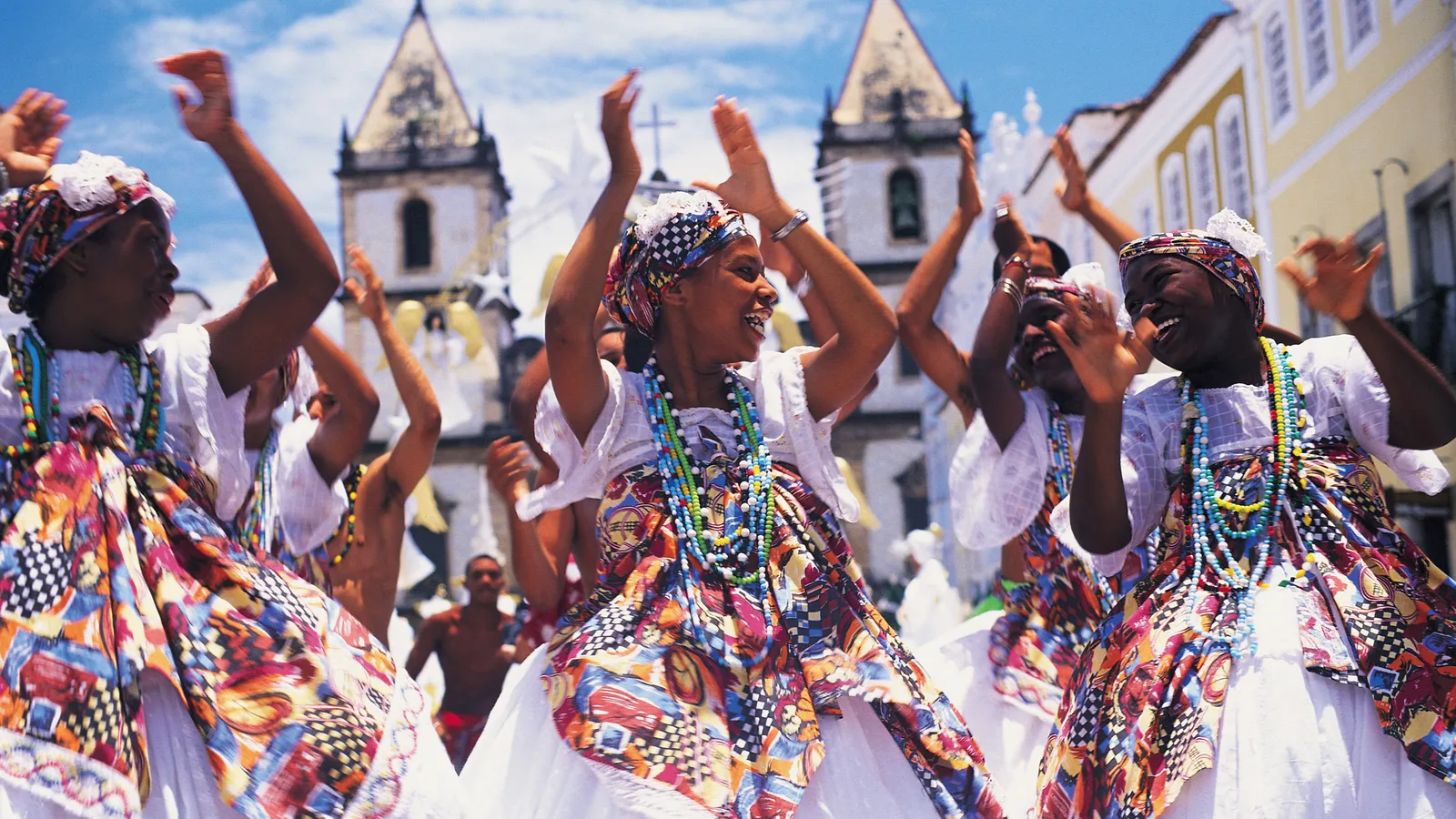
Another of the many bean recipes in Candomblé is omolokum, a dish made with black-eyed peas, boiled eggs, smoked dried shrimp and onions, that inspired Leila Leão to found Casa Omolokum, a Rio restaurant dedicated to Afro-Brazilian religious cuisine.At Omolokum, Leão brings the food of the orixás to Rio’s gastronomic scene. “I like to adapt traditional Candomblé recipes and discover new possibilities. It is a delicious alchemy experience to play with beans, an ingredient so rich in flavour, aroma and beauty,” said the cook, who, as a Candomblé practitioner, had to ask for the orixás’ permission to sell the sacred dishes.
Despite the continued importance of beans in Brazilian culture, however, Brazilians are no longer the massive bean-eaters they used to be. Since the 1970s, their consumption has been declining considerably, with ultra-processed foods gaining space in meals. Even so, their symbolism remains. Beans, as Dória puts it, still represent the common denominator of this continental-sized nation.
“It’s the food through which people either distinguish themselves from each other – whether in terms of status or affection – or get closer to each other,” he said. “This is the sociological role of beans in a diverse and vast country like Brazil.”
Beatriz Miranda is a Brazilian journalist based in Rio de Janeiro, covering the intersections of culture and social issues in her country.
Author Credit – Beatriz Miranda

